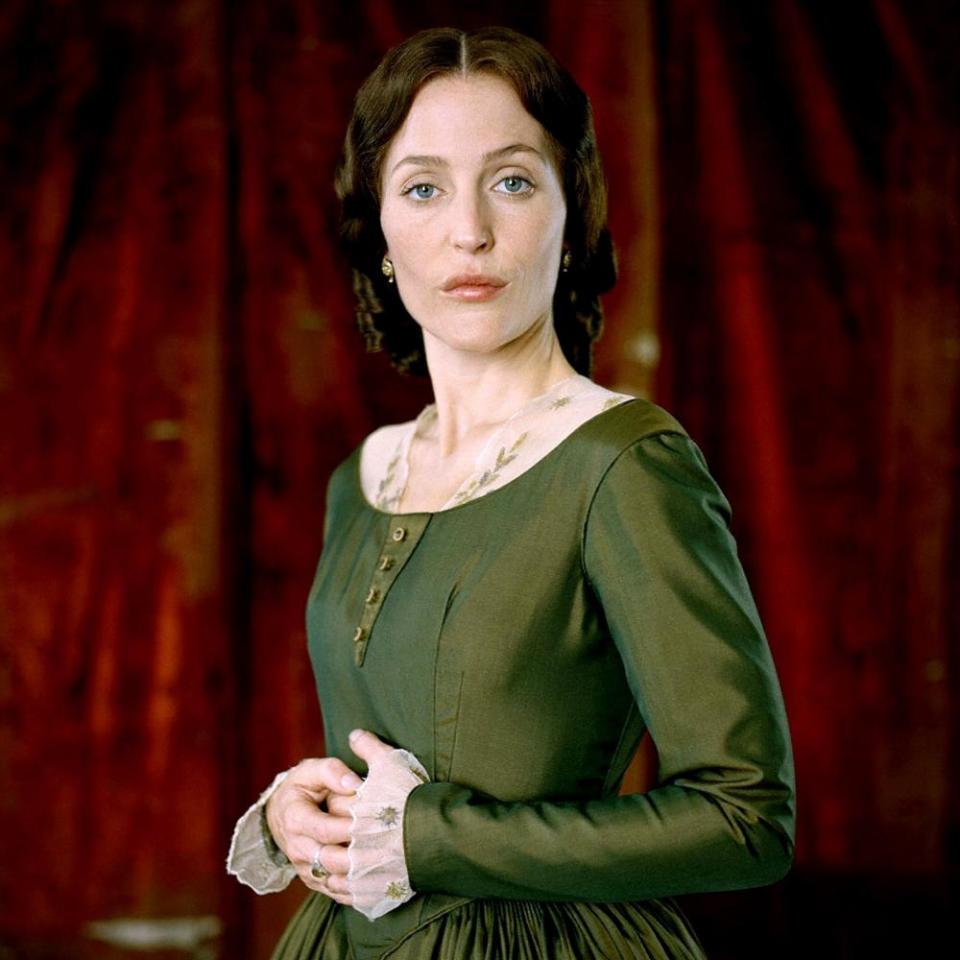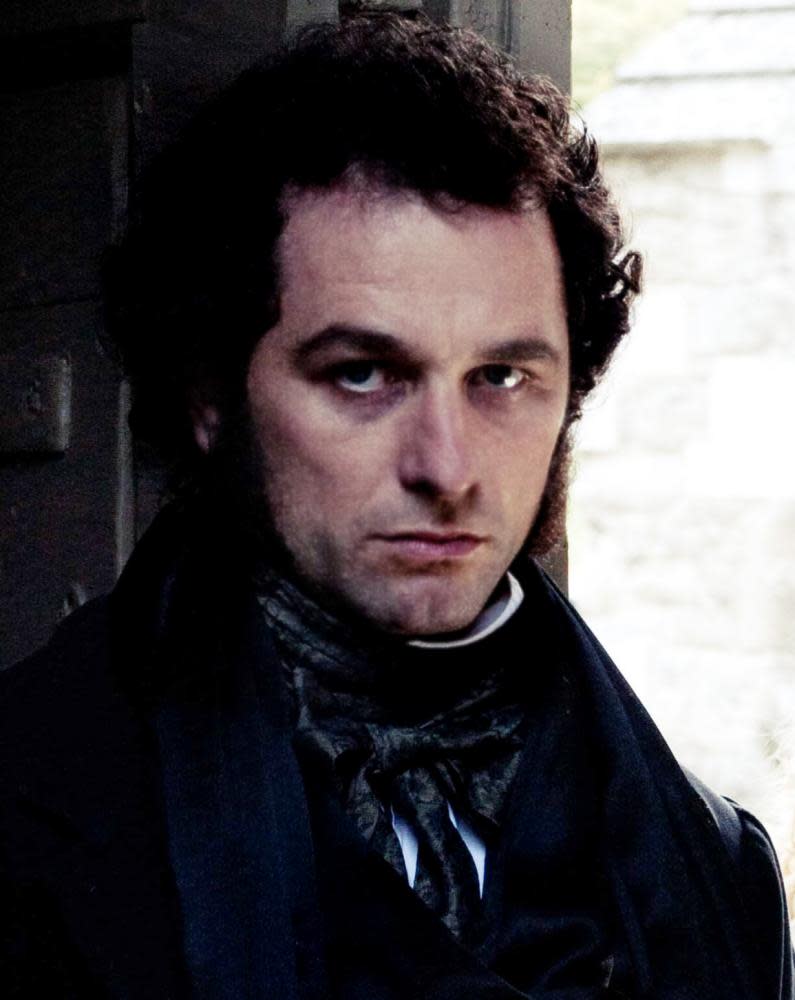The Artful Dickens by John Mullan review – how did he do it?
Charles Dickens was a mesmerist, illusionist and master of sleight of hand. In private he performed conjuring tricks, such as pouring dried fruit, eggs and flour into a top hat and pulling out a steaming Christmas pudding. In public, he performed scenes from his novels, his party-piece being the murder of Nancy in Oliver Twist: audiences sat spellbound as, sweat coursing down his forehead, he bludgeoned the girl, again and again, to death.
His showmanship, John Mullan argues in this excellent book, applies equally to his fiction, where Dickens used the “impudent trickery” he brought to the stage to make ’em laugh, make ’em cry and make ’em wait on the page.
Mullan begins with a startling question: “What is so good about Dickens’s novels?” It is worth asking, he continues, because critics tend to discuss Dickens as an entertainer rather than a writer, as though by examining his sentences the magic might wear off. But the closer we look, the better the novels get. The Artful Dickens is both an exposure of the trickster’s methods and a celebration of close reading.

The book is divided into 13 essays which can be read separately, but whose impact is greater when taken together. The focus of the first essay is Dickens’s evolving use of the construction “as if”, which appears, we realise, everywhere. For example, Mrs Crummles in Nicholas Nickleby “trod the pavement as if she were going to immediate execution”, and Mr Merdle in Little Dorrit “looked over the palms of both his hands as if he were telling his own fortune”. These two little words, Mullan explains, hold in place a complex device that allows Dickens to – at the same time – see his characters from the outside, show us how they see themselves, and indulge in his own flights of fancy. As the number of as ifs accumulate, Dickens’s mind becomes far stranger and more brilliant, and the novels start to change shape, each taking on an extra dimension. “Like so many of his tricks,” Mullan concludes, “it goes against all the rules of literary description, and thereby adds new powers to fiction.”
With similar dexterity, Mullan shows how Dickens deploys smells – perfumed soap, lamp oil, stale tobacco, straw – in order to turn the olfactory organs, again for the first time in fiction, into “a narrative device”. This essay is less close-reading than intensive inhaling: Mullan sniffs his way through the pages like a dog with his nose to the pavement.
The most “audacious” of his “narrative tricks”, and the one least noted or remarked upon elsewhere, is the switch between tenses in Dickens’s later fiction. If it is commonplace now for novelists to write in the present tense, it is because Dickens introduced the device into the chapters of Bleak House. When a character’s thought is caught in the process of forming itself, or a deed described as it is still being done, the reader is robbed of “retrospective wisdom” or reassuring moral security. Dickens employed this effect, Mullan suggests, when he was representing sexual obsession, opium dreams and “perturbed masculinity”, the subjects of The Mystery of Edwin Drood. This final, unfinished, novel begins in the present tense, and has switched back to present tense when it suddenly ends; the most unsettling of Dickens’s fictions is thus given an extra frame of uncertainty.

Photograph: Laurence Cendrowicz/BBC
When Mullan moves on to the author’s use of names, many of which – Pecksniffian, Scrooge, Uriah Heep – have embedded themselves in our language, he shows us Dickens’s notebooks in order, precisely, to catch his thought in the process of forming itself. What was he to call his new hero? “Trotfield, Trotbury, Spankle, Wellbury, Copperboy, Flowerbury, Topflower, Magbury, Copperstone, Copperfield, Copperfield”. The repetition of “Copperfield” confirmed his choice, but then repetition, says Mullan, was always “the simplest and best of his tricks”.
Dickens wrote for the voice, and “made the invention of voices his business”. Even non-verbal exchanges are afforded strong voices: in Bleak House, Mr Snagsby coughs his expressions in order to save on words. He includes in his repertoire a “deferential cough”, a “cough of mildness” and a “cough of sympathy”.
The other essays, all equally enlightening, cover Dickens’s subversive laughter and radical ghosts, his employment of cliche (“Old Marley was as dead as a door nail”), preoccupation with drowning, and dependence on the anxiety caused by coincidence: “No novelist has more imaginatively exploited this uneasiness.”
If Mullan put into his hat a creator of gargoyles and spinner of melodrama, he pulled out an innovator who broke all the rules. The Artful Dickens made me feel that I had been in some form of trance during my earlier reading of these novels. How was it possible not to have noticed what Dickens called his “feats of legerdemain”?
• The Artful Dickens: The Tricks and Ploys of the Great Novelist is published by Bloomsbury (£16.99). To order a copy go to guardianbookshop.com. Delivery charges may apply.

 Yahoo News
Yahoo News 
